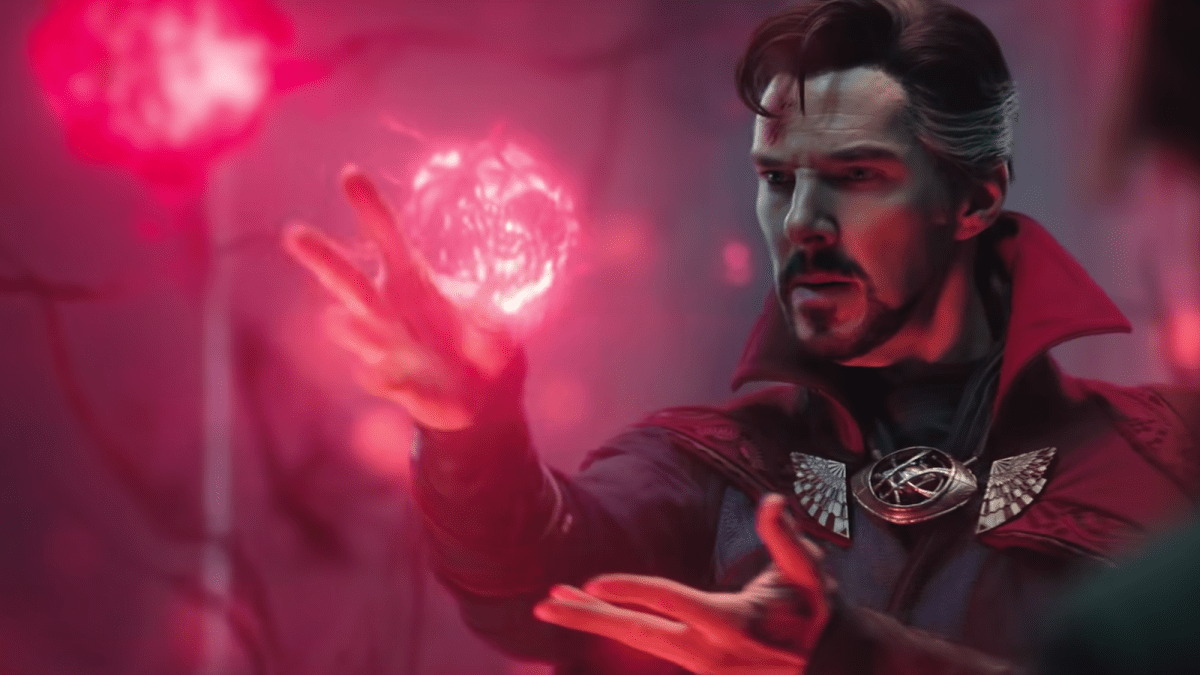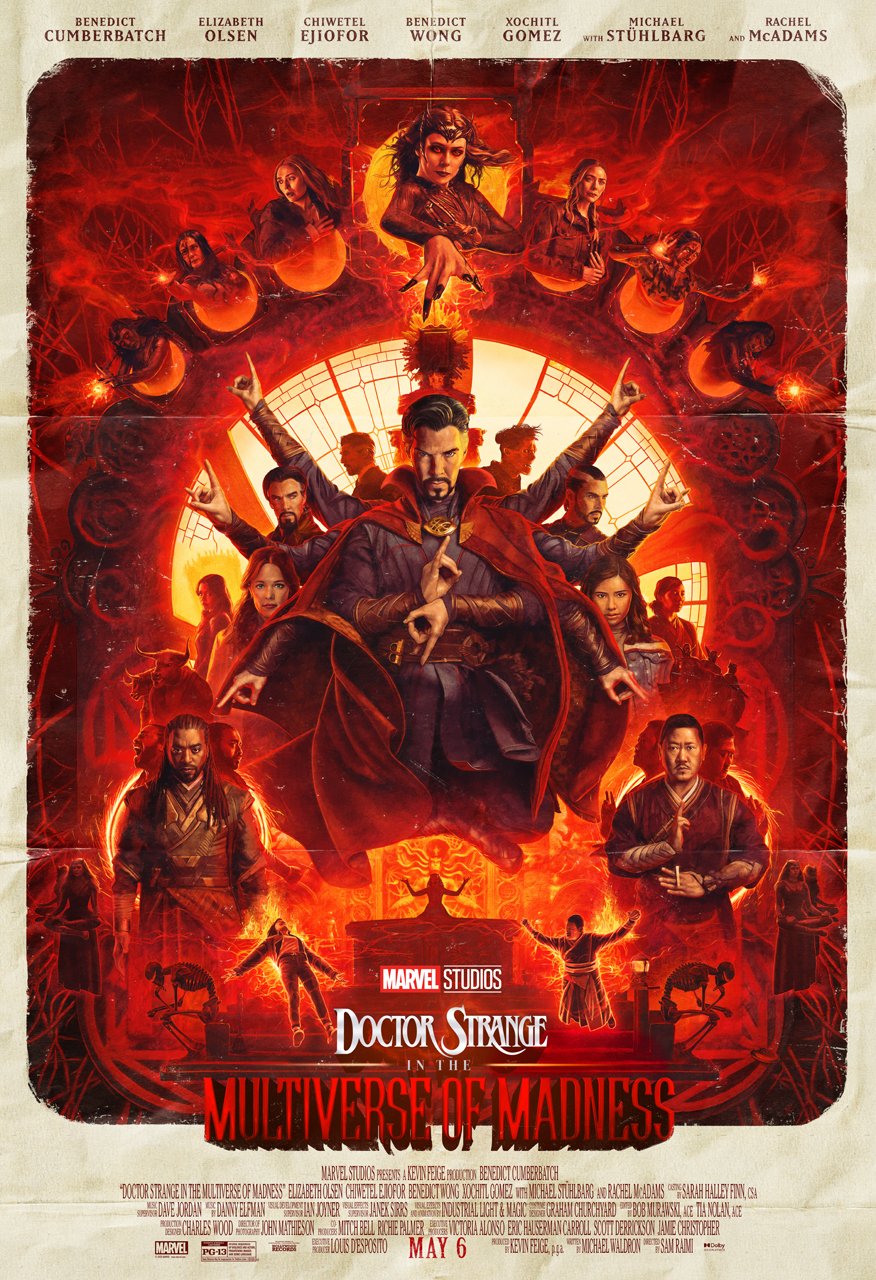As of Doctor Strange in the Multiverse of Madness the MCU has introduced its multiverse four times. First in Loki, then in What If…?, Spider-Man: No Way Home, and now Sam Raimi’s barmy horror-tinged adventure. Each time what’s out there has been explained slightly differently, with concepts like “the sacred timeline”, “pocket universes”, and “the 616 Earth” freely bandied about.
Even Stephen Strange himself admitted in No Way Home that:
“The Multiverse is a concept about which we know frighteningly little.”
Right now, audiences seem to be happy to just go with it, but hardcore Marvel fans are frustrated about the inconsistencies. Now we have what seems to be a grand unified theory of the MCU multiverse, as posted on r/MarvelStudios and sourced from The ‘Official Handbook of the Marvel Universe A-Z Vol. 2’.
The explanation is making our head spin and it’s probably best you just read it for yourself, but the key takeaways are that there’s a distinction between Alternate Universes (as seen in Multiverse of Madness) and Divergent Universes (as seen in Loki). Each Alternate Universe can have its own Divergent Universes, meaning that, for example, the 838 universe seen in Multiverse of Madness has its own alternative timelines.
This only gets more confusing when you throw Avengers: Endgame‘s time travel or Doctor Strange‘s time stone into the equation, with even the authors of this convincing theory not sure whether time travel creates new timelines or simply allows you to visit divergent strands directly adjacent to your own timeline.
Perhaps in this instance, it really is best not to overthink things and simply just accept whatever multiversal mumbo jumbo is going on at any given time. Congratulations on your new headache, by the way.
Doctor Strange in the Multiverse of Madness is now in theaters.


